There are exactly five sauces that serve as the basis for many dishes. They are also affectionately called the mother sauces and are an integral part of classic European cuisine. The five mother sauces are: Béchamel, Velouté, Espagnole, tomato sauce and Hollandaise.
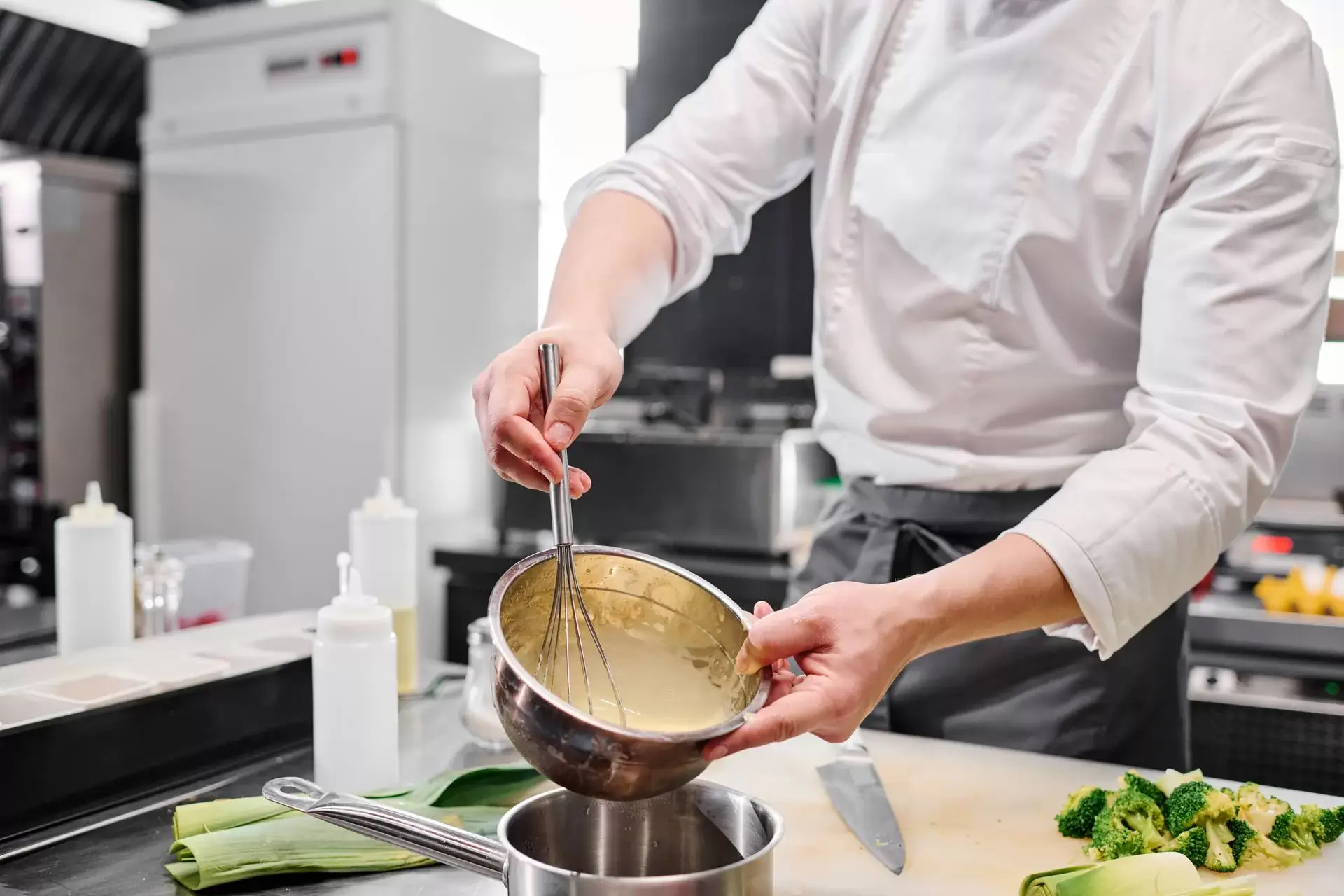
There are exactly five sauces that serve as the basis for many dishes. They are also affectionately called the mother sauces and are an integral part of classic European cuisine. The five mother sauces are: Béchamel, Velouté, Espagnole, tomato sauce and Hollandaise.
These sauces not only form the basis of many dishes, but also the starting point for other sauces. They can also be combined with each other: for example, a béchamel sauce mixed with tomatoes makes a pink sauce or combine a velouté with an espagnole sauce and get a bordelaise sauce.
If you have mastered the five basic sauces, there are no limits to your creativity, and you can easily conjure up a wide variety of different menus. Here you will learn how to prepare the mother sauces according to their classic recipes:
Recipe and preparation of a béchamel
Béchamel sauce is one of the best-known classic base sauces in French cuisine. It was invented in the 17th century by Francois Louis Caifau, chef to the French king Louis XIV, and took its name from Marquis Louis de Béchamel, the king’s finance minister. Béchamel sauce quickly established itself as the standard in French cuisine and still forms an important basis for many sauces and dishes today. It is the basis for creamy soups, lasagne, mac & cheese and ideal as a filling for quiches.
Ingredients for a béchamel sauce
For a béchamel sauce you will need the following ingredients:
- 50 g of butter
- 50 g flour
- 500 ml of milk
- Salt
- Pepper
- Nutmeg
How to prepare a béchamel:
Preparing a béchamel sauce is relatively simple. However, you must make sure that the ingredients are mixed well together to achieve a smooth and homogeneous consistency. This is how you prepare the basic sauce:
- Put the butter in a saucepan and melt it over a medium heat.
- Gradually add the flour, sweating the mixture while stirring constantly with a whisk for about 2 minutes until a homogeneous mixture is formed.
- Slowly add the milk, stirring constantly so that no lumps form.
- Bring the base sauce to the boil, stirring constantly; then simmer over low heat for about 5 to 7 minutes until the desired consistency.
- Season the béchamel with salt, pepper and nutmeg.
Tips for the perfect béchamel sauce: If the sauce is too thick, thin it with a little milk or water; if it is too thin, thickening it with flour or starch or simmering it for a longer time will help. These days there are so many variations of béchamel sauce, which you can refine with different ingredients such as cheese, mustard, herbs or spices, depending on your taste and which dish it is for.
Recipe and preparation of a velouté, the basic white sauce
Velouté sauce, or velvet sauce, dates back to the 18th century from the French chef François Louis Vatel and is a derivative of the béchamel sauce. Unlike the latter, however, a velouté does not consist of milk, but of a clear meat, fish or vegetable broth. Velouté sauces go well with white meat, fish and vegetable dishes and are also suitable as a base for other sauce variations.
Ingredients for a velouté
You will need the following ingredients for a velouté:
- 500 ml light meat, fish or vegetable stock (depending on the dish)
- 50 g of butter
- 50 g flour
- Salt and pepper
How to prepare a velouté
You can prepare this basic sauce in just a few steps:
- Heat light stock in a saucepan until it comes to a gentle simmer.
- In a second saucepan, melt the butter over a low heat and add the flour, stirring constantly with a whisk until it’s golden brown.
- Slowly add the hot stock to the roux, stirring vigorously with a whisk to avoid lumps.
- Continue to simmer the sauce over a medium heat, stirring constantly, until it thickens and has a smooth consistency.
- Season the velouté with salt and pepper.
Tips for the perfect velouté: Stir the base sauce slowly and evenly to avoid burning and lumps. Refine the versatile sauce with different herbs and spices depending on taste and intended use.
Recipe and preparation of an espagnole, the basic brown sauce
Espagnole sauce dates back to the 18th century and became popular in France during the reign of King Louis XIV. The name “Espagnole” derives from the Spanish origin of the tomato paste, which is an important ingredient of the sauce. As it is very flavourful due to the addition of gravy juices and beef bones, espagnole is an excellent accompaniment to roasts and game dishes or serves as a base for demi-glace sauce.
Ingredients for an espagnole
For an espagnole you will need the following ingredients:
- 1 chopped onion
- 1 chopped carrot
- 1 stick chopped celery
- 50 g unsalted butter
- 50 g flour
- 1 l beef stock
- 1 bay leaf
- 2 cloves
- Salt and pepper
How to prepare an espagnole
Take your time when preparing the espagnole so that this basic sauce can develop its flavour intensity. This is how it’s done:
- In a large pot over medium heat, sweat the onion, carrot and celery in butter until soft.
- Add the flour and stir in for 2 to 3 minutes for a roux.
- Slowly pour in the beef stock while continuing to stir to avoid lumps.
- Add the bay leaf and cloves and bring the mixture to the boil.
- Reduce the heat to low and simmer the sauce for 45 to 60 minutes until it is thick and rich.
- Take out the bay leaf and cloves and season the sauce with salt and pepper.
Tips for the perfect espagnole: Use fresh herbs such as thyme, bay leaves and parsley, or wine or sherry to add more flavour to the base sauce. Strain the espagnole through a fine sieve to remove any lumps or coarse pieces.
Recipe and preparation of a tomato sauce
It is also one of the basic sauces: The history of tomato sauce, also known as marinara sauce, dates back to the 16th century. This basic sauce was probably invented in Naples and eventually spread throughout Europe from the 18th century onwards. During this time, the recipe was refined by the addition of various spices and herbs such as basil, garlic and oregano.
Today, there are countless variations of tomato sauce, from simple, classic recipes to complex gourmet versions. As a base sauce, tomato sauce is the basis of many dishes, such as pasta, pizza and for stews or soups.
Ingredients for a tomato sauce
For a tomato sauce you will need the following ingredients:
- 1 chopped onion
- 2 chopped garlic cloves
- 2 tbsp olive oil
- 1 tsp tomato paste
- 1 tablespoon sugar
- Salt and pepper
- 1 pinch dried oregano
- 1 pinch dried basil
How to prepare a tomato sauce
Preparing a tomato sauce is simple but involves a bit of chopping. Here’s how:
- Score the tomatoes crosswise and scald them with hot water. Now peel off the skin, halve the tomatoes and remove the seeds. Cut the flesh into cubes.
- Heat the olive oil in a pot and sweat the onions in it. Add the garlic and fry it briefly.
- Stir in the tomato paste and sweat it briefly as well.
- Add the diced tomatoes to the pot and season the sauce with salt, pepper and sugar. Add oregano and basil.
- Bring the sauce to the boil over a low heat. Allow the base sauce simmer for about 30 minutes. Stir the sauce occasionally.
- Remove the sauce from the heat and puree it with a hand blender until it has a smooth consistency.
Tips for the perfect tomato sauce: For a more intense tomato flavour, add another small can of tomato paste. You can also refine the tomato sauce with fresh herbs such as thyme or rosemary, depending on your taste.
Recipe and preparation of a hollandaise sauce
It was first mentioned in the 17th century. The origin of this basic sauce is disputed, however, as both France and Holland lay claim to it. Some sources suggest that the name “Hollandaise” actually derives from “Dutch sauce” and that it was brought to France by Dutch immigrants. However, other sources say that the sauce originated in France and that the name refers to the method of preparation.
Regardless of its origin, hollandaise has been a popular sauce in French and international cuisine for centuries. It is characterised by its velvety texture and rich flavour. It goes particularly well with asparagus, poached eggs or fish.
Ingredients for a hollandaise sauce:
For a hollandaise sauce you will need the following ingredients:
- 3 egg yolks
- 200 g butter
- 1 tablespoon lemon juice
- Salt
- Pepper
How to prepare a Hollandaise sauce
Preparing a hollandaise sauce requires a lot of attention and patience. Otherwise, you run the risk of the sauce curdling or boiling over. Here’s how it’s done:
- Melt the butter in a saucepan and keep warm.
- Place the egg yolks in a metal bowl and beat over a bain-marie until foamy.
- Slowly stir the lemon juice into the egg mixture.
- Slowly stir the melted butter into the egg mixture, beating constantly.
- Season to taste with salt and pepper.
Tips for the perfect Hollandaise sauce: Use fresh eggs at room temperature. Use a water bath to avoid overcooking or burning. Turn off the heat when adding the butter to prevent the sauce from overheating.
Our final thoughts on base sauces
Base sauces are the basis of many dishes and significantly influence the flavour and consistency of a dish. Knowing the different basic sauces, their ingredients, how to prepare them and how to use them will help you cook more efficiently and easily. Once you have mastered the preparation of the five mother sauces, you also have better control over the taste and consistency of a dish.
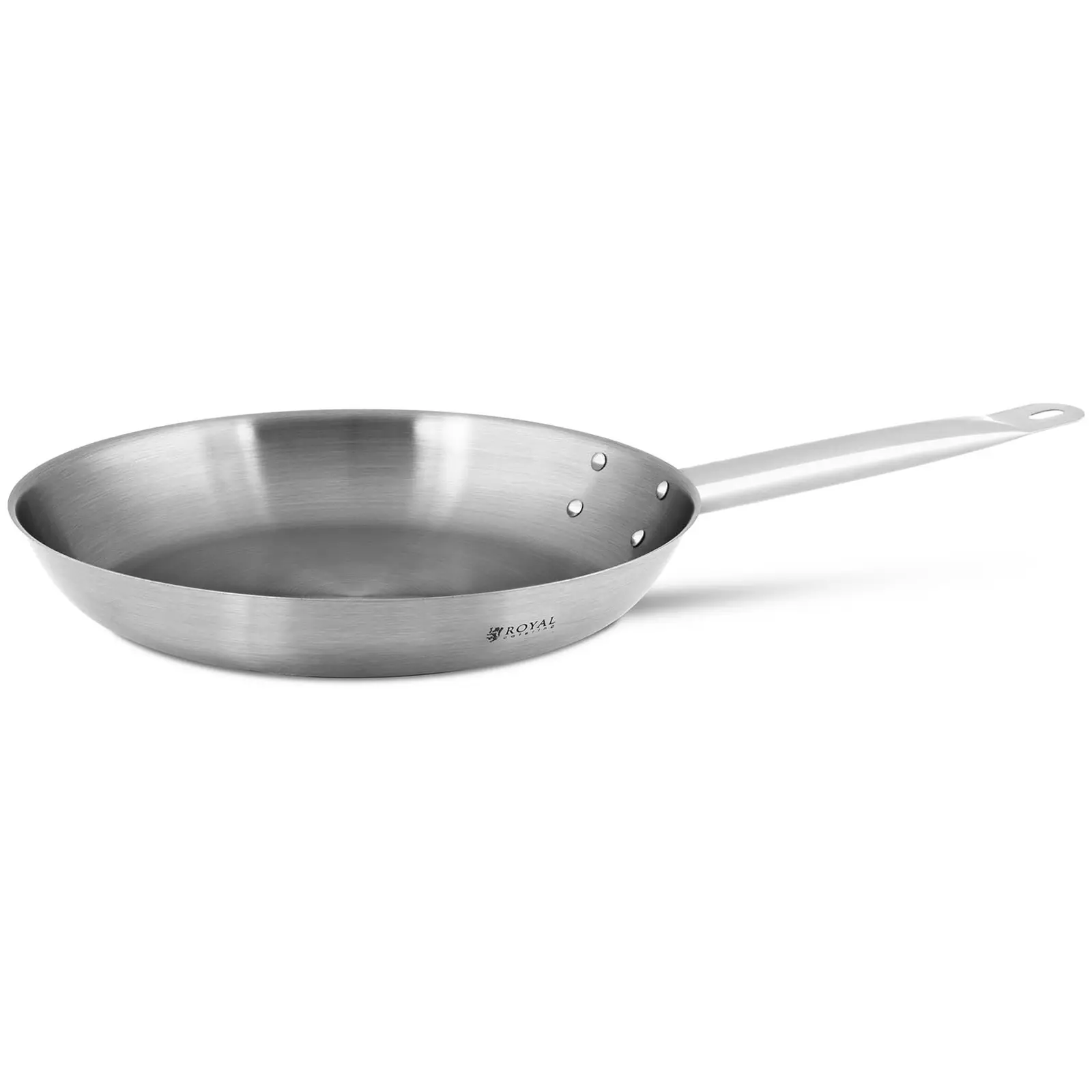
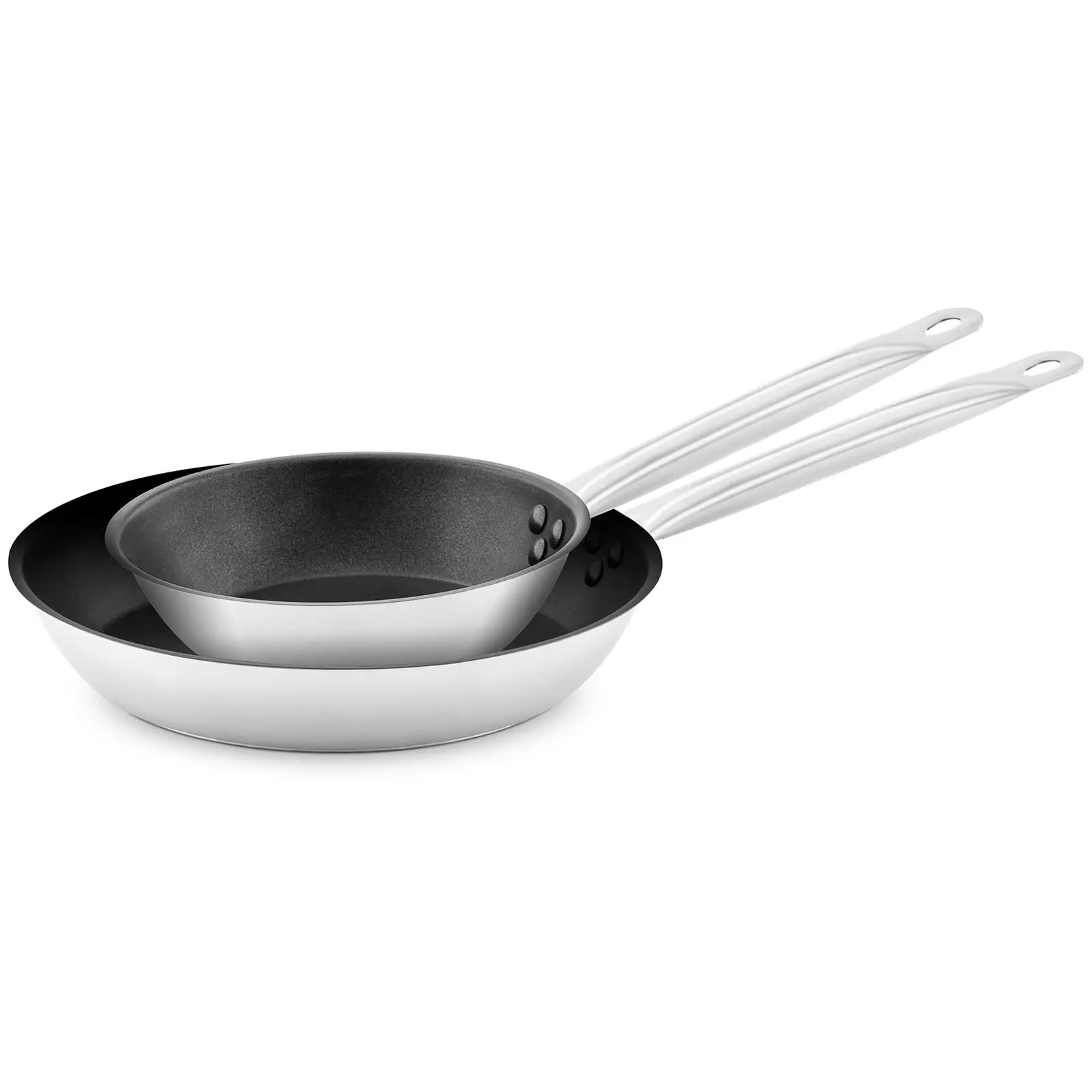
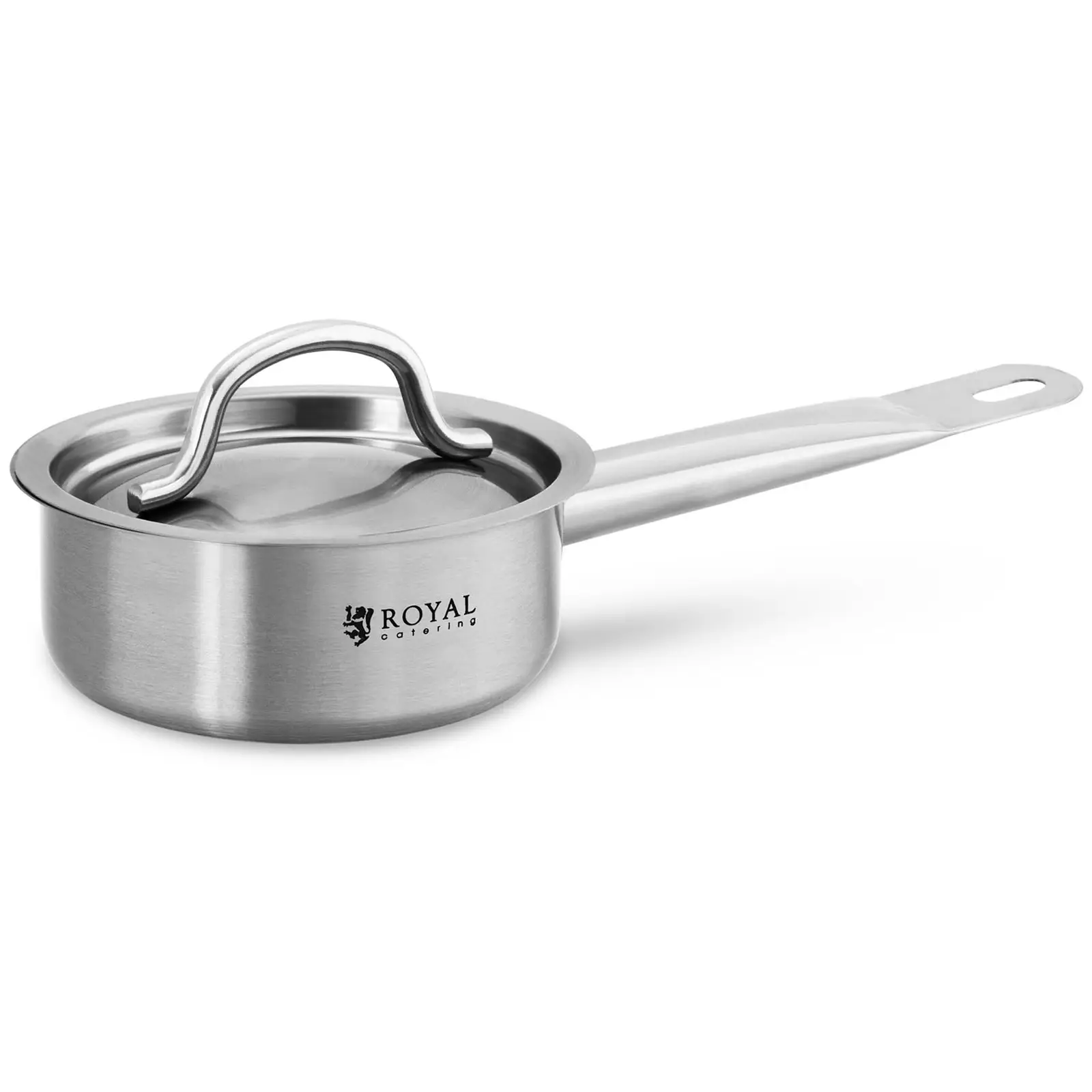
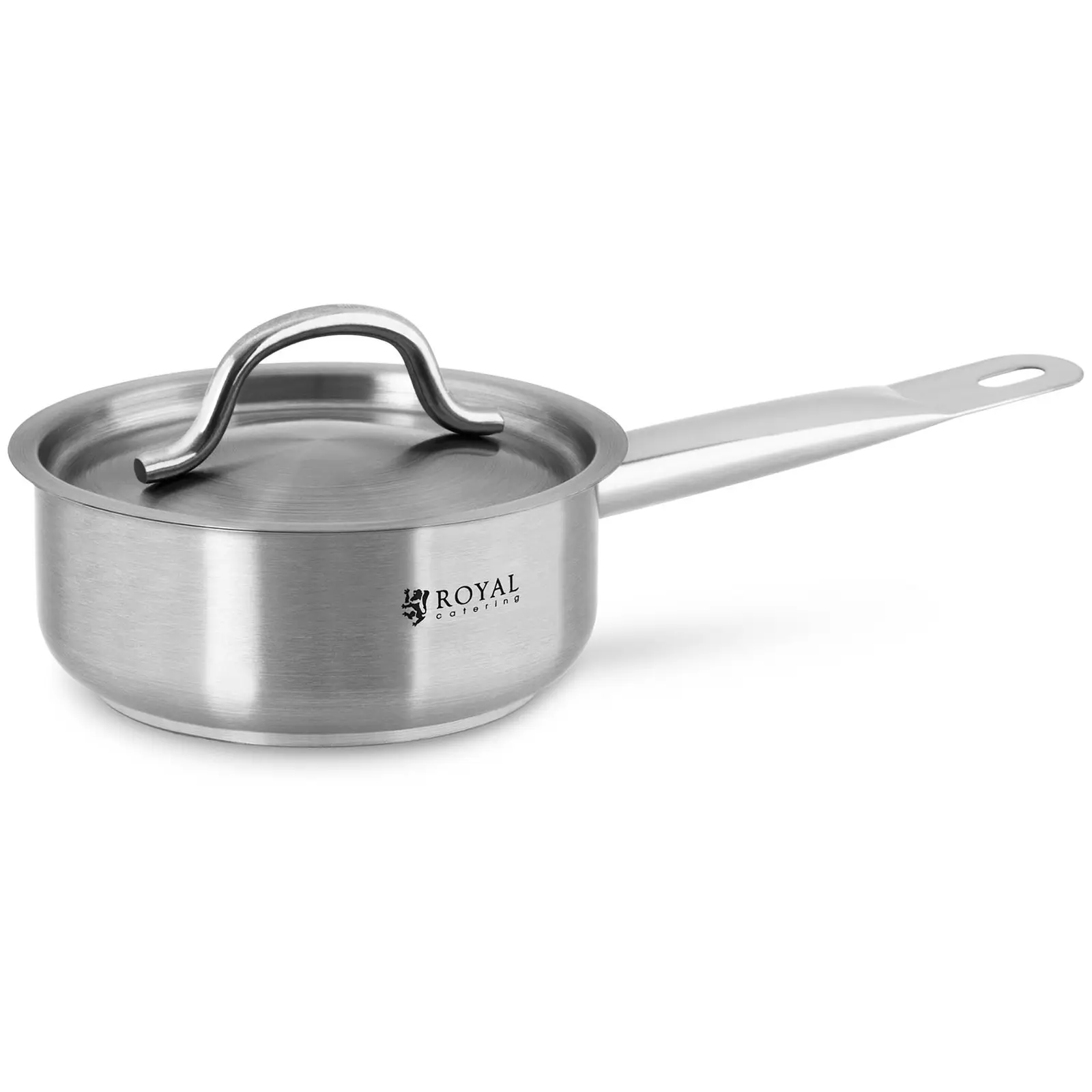



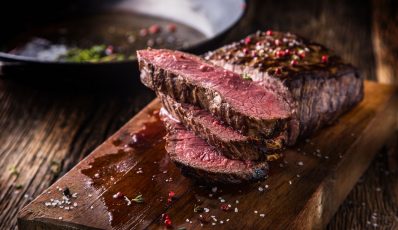


Share